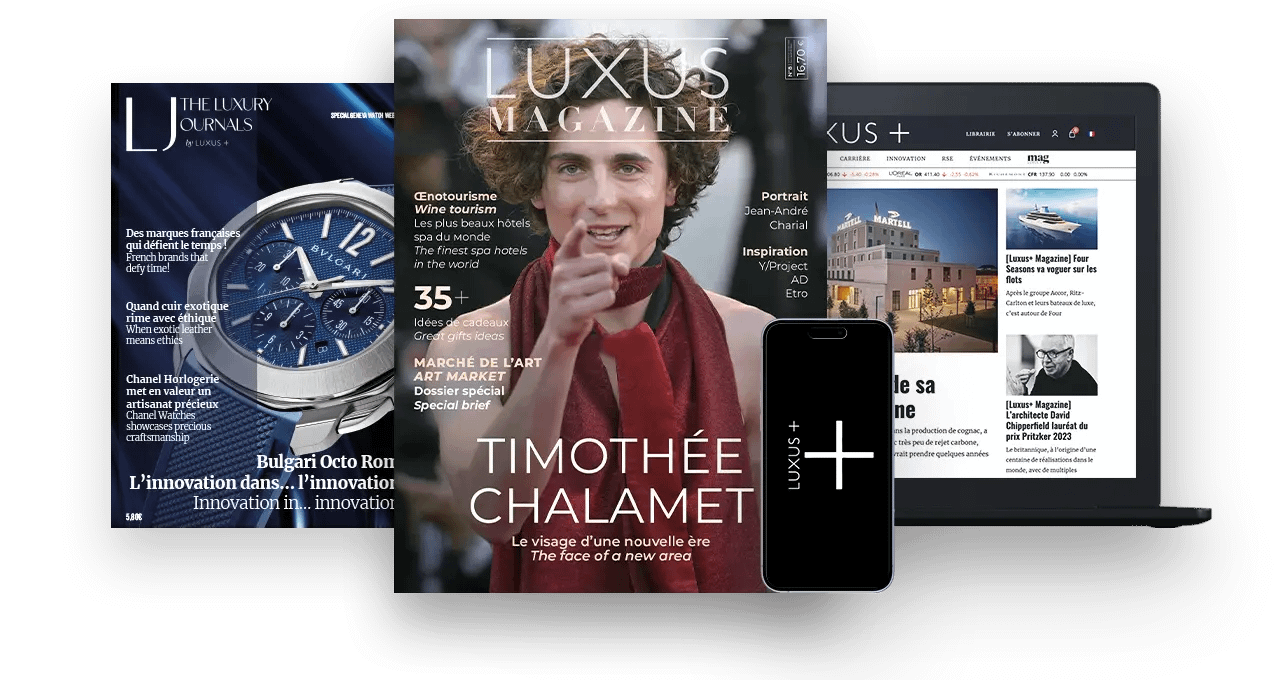Renowned brands are faced with unexpected levels of unsold products. The luxury industry is therefore developing discreet strategies to dispose of these surpluses without tarnishing their exclusive image. At the heart of this concern, the data reveal a risk of slowdown in the sector, with a significant drop in spending on luxury goods in the US, raising concerns for the fourth quarter.
The luxury goods industry, often thought to be spared the problems of excessive stock, is faced with an unexpected reality. Images of unsold stock, once associated mainly with fast fashion brands, are increasingly finding their way into the luxury world. The fear of overstocking is becoming a major concern, leading the Houses to adopt discreet strategies to sell off their excess products without compromising their image.
According to recent Barclays data on credit card transactions in the US, spending on luxury goods maintained a negative trend in November, down 15% compared to the same period in 2022, after already falling 14% in October.
This performance raises concerns about the outlook for the fourth quarter. Barclays’ analysts are cautious, pointing out that the weak trends observed in the United States do not inspire much optimism about the performance of luxury brands over this period.
Price control and new sales networks
By 2023, many brands are likely to have surplus inventories, since Bain estimates that growth this year will be half that recorded in the sector in 2022. A recent Wall Street Journal article highlights the fact that luxury brands are striving to avoid significant price cuts, which requires subtle approaches to eliminate unsold inventory “without appearing to be in a desperate situation”.
Luxury brands use a variety of methods to manage their excess inventory. Destruction of unsold stock, once a common practice, is now being called into question because of its environmental and ethical implications. Under new European regulations, the incineration of fashion waste is to be banned. Brands prefer to use factory outlets and off-price retail channels to sell off excess stock at reduced prices. These outlets are carefully positioned alongside flagship stores to minimize visibility. Luxury brands also explore networks of unofficial retailers. These resellers acquire surplus stock and exploit regional price disparities to sell products.
Some luxury brands choose to minimize wholesale accounts by opening directly controlled concessions in department stores and selling through their own retail network. This approach enables them to maintain total control over prices and inventories.
Prestigious Houses, such as Hermès, maintain exclusivity by organizing private sales or sending out selective invitations. This strategy is designed to preserve a sense of privilege among loyal customers, thus avoiding the need for significant reductions in their own stores.
Tense economic climate
The year 2023 brings its share of challenges for the luxury goods industry, particularly during the holiday season. The industry faces economic challenges, with growth expected to be lower than in the previous year. Analysts at BNP Paribas anticipate a two-part 2024, stressing the need for a recovery in the second half of the year. Share prices for LVMH, Kering and Burberry have fallen by 12%, 23% and 33% respectively since the beginning of August, while shares in e-commerce operator Farfetch have lost most of their value, plummeting by 90%.
The slowdown in demand from Chinese consumers, who account for a quarter of the global luxury goods market, is creating uncertainty. Similarly, spending on luxury goods in the United States has fallen significantly, raising concerns for the fourth quarter. Investors are cautious, but some see investment opportunities with falling valuations. Analysts believe that Chinese consumer demand will be crucial to an improvement in the second half of the year. Growth in tourism and a recovery in Chinese consumer demand are expected, pushing spending beyond 2019 levels.
Read also>THE STATE OF FASHION 2024 REPORT REVEALS A GLOBAL FASHION MARKET IN THE THROES OF CHANGE
featured photo : ©Hermès


































